Deep Purple’s 1974 albums
Buy Burn Buy Stormbringer In 1974, Deep Purple released their only two albums with the “Mark III” lineup, Burn and Stormbringer. With these records, the group not only replaced vocalist Ian Gillan (who […]
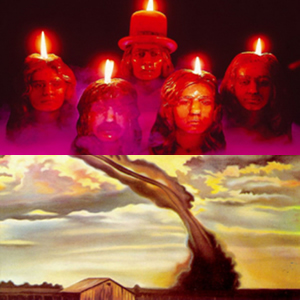
Buy Burn Buy Stormbringer In 1974, Deep Purple released their only two albums with the “Mark III” lineup, Burn and Stormbringer. With these records, the group not only replaced vocalist Ian Gillan (who […]
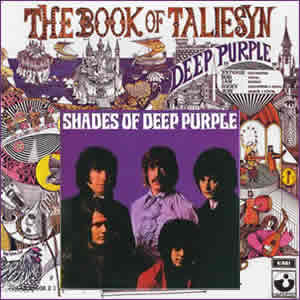
Buy Shades of Deep Purple Buy The Book of Taliesyn Deep Purple arrived on the music scene like a tornado in 1968. Conceived as a super group called Roundabout in 1967, the band […]
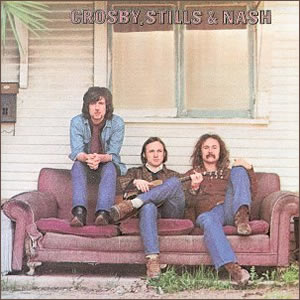
Buy Crosby, Stills & Nash Crosby, Stills & Nash is an extremely rich and influential debut album from the “super group” of the same name. The trio of vocalists / guitarists which forged […]

Nearly from its inception, rock and roll and Christmas songs have made for a potent mixture of holiday-flavored punch. This marriage dates back to 1957 with the first Elvis Presley Christmas Album and […]
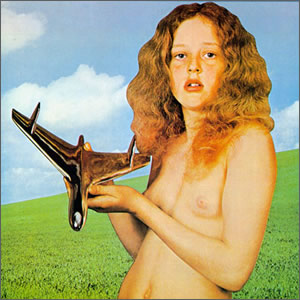
Buy Blind Faith Rising from the ashes of two defunct English rock bands, Blind Faith lived a very short life as a “super group” in 1969. Despite being together for less than one […]

Buy Black Sabbath Buy Paranoid Over the course of a year, Black Sabbath morphed from a pop blues band to a dark practitioner of occult music to a respectable hard rock band which […]
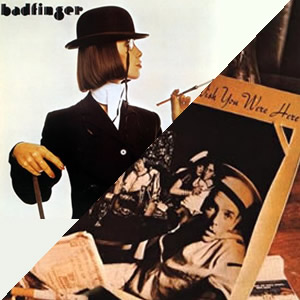
Buy Badfinger Buy Wish You Were Here Buy Badfinger Combo (Badfinger, Wish You Were Here, & BBC Sessions) Badfinger had one of the saddest roller coaster rides of the early 1970’s rock n’ […]
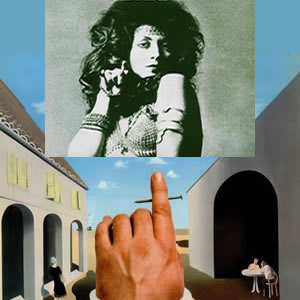
Buy Magic Christian Music Buy No Dice Badfinger thrust into the world of popular music with their first two releases, the soundtrack Magic Christian Music and the rock album No Dice. The first […]
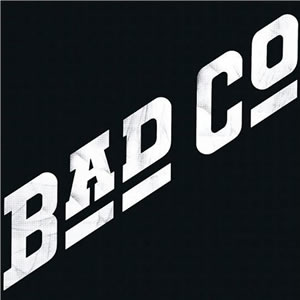
Buy Bad Company Originally considered a pet project of Led Zeppelin manager Peter Grant and his new label, Swan Song, it took no time for Bad Company to find their own niche in […]
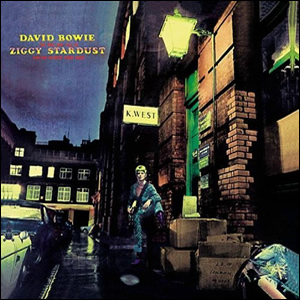
Buy The Rise and Fall of Ziggy Stardust and the Spiders From Mars Through a very long and distinguished career, David Bowie’s absolute classic is the 1972 album The Rise and Fall of […]